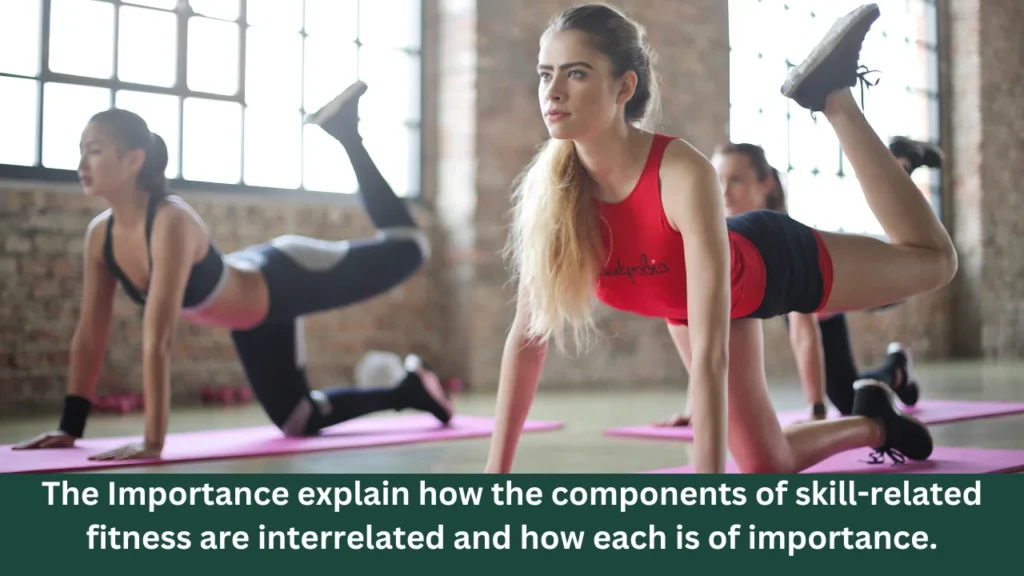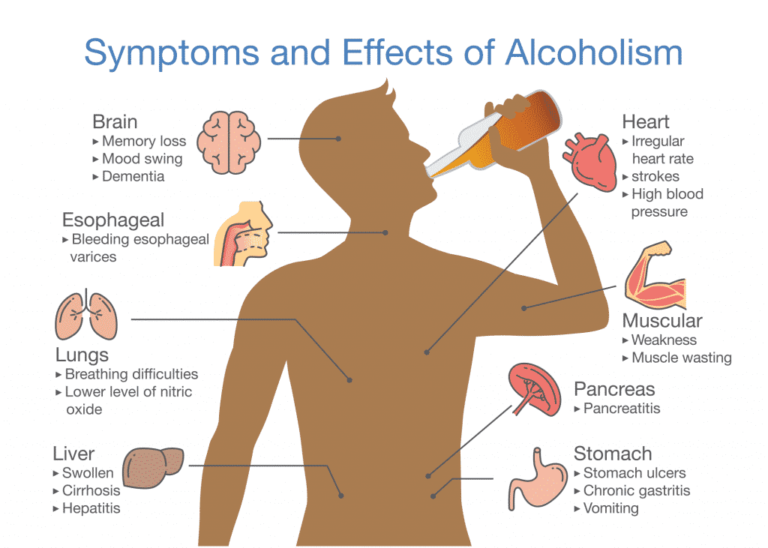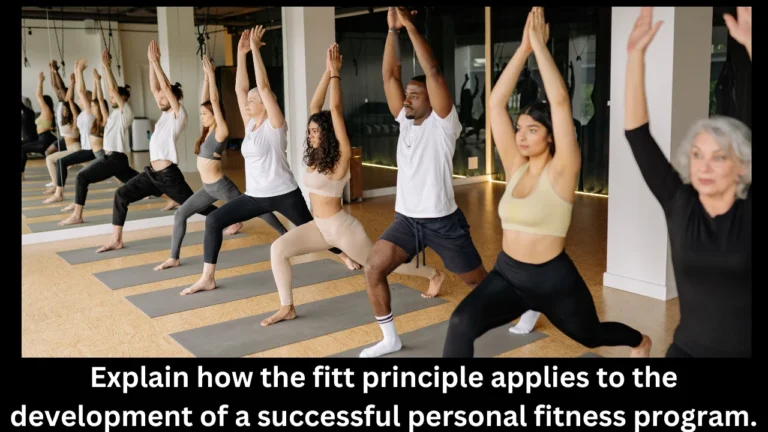Explain How The Components Of Skill-Related Fitness Are Interrelated And How Each Is Of Importance.

Skill-related fitness is a vital aspect of physical health and performance. It consists of several components that enhance an individual’s ability to perform in sports and daily activities. Understanding how these components interrelate and their importance is crucial for achieving peak physical performance. In this article, we will explain how the components of skill-related fitness are interrelated and how each is of importance.
What is explain how the components of skill-related fitness are interrelated and how each is of importance.
Skill-related fitness includes various components such as agility, balance, coordination, power, reaction time, and speed. These components are interrelated because improving one often enhances the others, creating a more balanced and effective overall fitness profile. For example, increased agility often leads to better balance and coordination, while improved power can enhance both speed and reaction time.
Each component is crucial for specific physical activities and sports. Agility allows quick changes in direction, essential for sports like soccer. Balance helps maintain stability, reducing the risk of falls. Coordination enables smooth and precise movements, vital in sports like tennis. Power combines strength and speed, crucial for explosive actions like jumping. Reaction time allows quick responses to stimuli, important in sports like boxing. Speed ensures rapid movements, necessary for sprinting.
Skill-Related Fitness
Skill-related fitness includes agility, balance, coordination, power, reaction time, and speed. Each component plays a unique role in physical performance, and they are all interconnected. Improving one component can enhance others, leading to better overall performance. Let’s dive into each component and its interrelation.
Agility
Agility is the capacity to change direction swiftly while maintaining control. It is essential for sports like soccer, basketball, and tennis, where quick directional changes are crucial. Agility enhances coordination and balance, as moving rapidly in different directions requires these abilities to stabilize and coordinate movements.
Importance of Agility:
Agility helps in performing quick movements and changes in direction.
It improves overall coordination and balance.
It is essential for sports and activities that require rapid directional changes.
Balance
Balance is the ability to maintain the body’s position, whether stationary or moving. It is foundational to all physical activities, ensuring that we can move without falling or stumbling. Balance directly influences agility and coordination. For instance, a gymnast must have excellent balance to perform intricate routines that require rapid shifts in body position.
Importance of Balance:
Balance is crucial for activities like gymnastics and dance.
It helps prevent injuries by allowing better control over body movements.
It enhances agility by stabilizing the body during quick directional changes.
Coordination
Coordination is the smooth and efficient integration of movements, such as hand-eye coordination in catching a ball. It is essential for performing complex physical tasks. Coordination is interrelated with agility and reaction time; improved coordination leads to faster and more precise movements.
Importance of Coordination
Coordination is necessary for tasks that require multiple body parts to work together.
It improves agility by making movements smoother and more efficient.
It enhances reaction time, allowing for quicker responses to stimuli.
Power
Power is the combination of strength and speed, enabling an individual to exert maximum force quickly. It is crucial for activities like weightlifting, sprinting, and jumping. Power is closely related to speed and coordination. For example, a sprinter needs power to accelerate quickly and coordination to maintain form.
Importance of Power:
Power is essential for explosive movements like jumping and sprinting.
It enhances speed and performance in activities that require quick bursts of energy.
It supports strength development, leading to improved overall fitness.
Reaction Time
Reaction time is the ability to respond rapidly to a stimulus. It is vital in sports where quick decisions are necessary, such as in fencing or basketball. Reaction time is closely linked to coordination and agility; a faster reaction time allows for quicker and more coordinated movements.
Importance of Reaction Time:
Quick reaction time is essential for sports that require immediate responses.
It improves overall coordination by enabling quicker adaptation to changing situations.
It enhances agility by reducing the time needed to change direction or position.
Speed
Speed is the ability to move the body or a part of it quickly. It is crucial for activities like running and swimming. Speed is interconnected with power and reaction time; a fast runner must have powerful legs and quick reactions to start or stop efficiently.
Importance of Speed:
Speed is crucial for sports that require rapid movement, such as track and field events.
It enhances performance in activities that involve covering distances quickly.
It supports power development by enabling faster execution of movements.
Interrelation explain how the components of skill-related fitness are interrelated and how each is of importance.
The components of skill-related fitness do not work in isolation. Improving one component often leads to improvements in others. For example, enhancing agility can also improve balance and coordination, as these skills are required to move quickly and efficiently. Similarly, increasing power can boost speed and reaction time, as more force can be exerted rapidly, allowing for quicker responses.
| Component | Interrelated Components | Explanation |
|---|---|---|
| Agility | Balance, Coordination | Enhances ability to change direction while maintaining stability and smooth movement. |
| Balance | Agility, Coordination | Improves stability during rapid movements, reducing the risk of falls and enhancing smooth transitions. |
| Coordination | Agility, Reaction Time | Increases precision and speed of movement, allowing for quicker and more accurate responses. |
| Power | Speed, Coordination | Enables rapid, forceful movements, improving overall physical performance in activities like sprinting. |
| Reaction Time | Coordination, Agility | Reduces time needed to respond to stimuli, enhancing movement efficiency and accuracy. |
| Speed | Power, Reaction Time | Increases the efficiency of rapid movements, supporting quick acceleration and deceleration. |
The Importance explain how the components of skill-related fitness are interrelated and how each is of importance.

Skill-related fitness is not just for athletes; it is important for everyone. These components enhance our ability to perform everyday activities safely and effectively. For example, improved balance can help prevent falls, and better coordination can make daily tasks, like driving or cooking, easier.
Daily Life Benefits
Enhanced balance and coordination reduce the risk of injuries during daily activities.
Improved reaction time allows for quicker responses in emergencies.
Better power and speed can make physical tasks, like lifting heavy objects, easier and safer.
Frequently Asked Questions
Why is it important to improve all components of skill-related fitness?
Improving all components of skill-related fitness, such as agility, balance, coordination, power, reaction time, and speed, creates a well-rounded fitness profile. This enhances overall performance, reduces injury risk, and improves daily life activities by making movements more efficient and controlled.
How are agility and coordination interrelated?
Agility and coordination are closely linked because agility requires quick directional changes, which depend on efficient coordination of movements. Improved coordination helps in executing these movements smoothly and effectively, enhancing agility.
Can skill-related fitness be improved at any age?
Yes, skill-related fitness can be improved at any age through targeted exercises and activities. Training these components helps enhance physical abilities, balance, and coordination, contributing to better overall health and performance.
Conclusion
In summary, explain how the components of skill-related fitness are interrelated and how each is of importance. is crucial for both athletes and the general population. Improving one component can lead to enhancements in others, creating a balanced and well-rounded fitness profile. Whether you are training for a sport or looking to improve your daily life, focusing on skill-related fitness can lead to significant benefits in performance and overall well-being.






